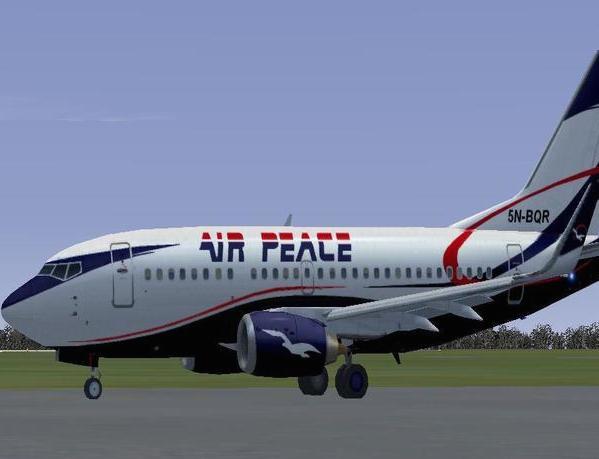A
llowing motorists living on the outskirts of London to access the £110m Ulez scrappage scheme was considered by Sadiq Khan but “rejected for good reason”, the High Court was told on Wednesday.
Lawyers acting for Transport for London urged the court to reject a claim from five Tory councils that restricting the scrappage scheme to London residents and businesses was unfair, irrational and inconsistent with the previous expansion of the zone.
The five councils – the London boroughs of Harrow, Hillingdon, Bexley and Bromley, and Surrey county council – have asked a judge to rule that Mr Khan’s proposed expansion of the ultra-low emission zone to the Greater London boundary is illegal and should not go ahead on August 29.
According to documents presented to the court and being considered on Wednesday, TfL had told the mayor that, with a “finite” amount of funds available, the scrappage scheme would be “most effective” if targeted at low income Londoners and small businesses in the capital.
About £30m has already been allocated or paid out. The scheme is due to be widened at the end of July to allow London families in receipt of child benefit to apply for grants to scrap a car (£2,000) or motorbike (£1,000).
Read More
The five councils say that motorists living in the “buffer zone” around the Greater London boundary should also have been able to apply for help to scrap a non-compliant vehicle, to enable them to avoid the £12.50 a day Ulez levy.
But Ben Jaffey KC, representing TfL, is expected to say: “These are discretionary public spending decisions. To ask whether there should be a ‘buffer zone’ is just another way of asking where the line of eligibility should be drawn.
“No scheme can be perfectly targeted. But TfL and the mayor were entitled to conclude that scrappage should be prioritised on those in the expanded Ulez.”
He told the court: “The mayor’s decision was a perfectly proper and lawful one.”
The councils claimed that Mr Khan acted beyond his powers by seeking to expand the Ulez by varying the existing legal order rather than drafting a new one. They also claim there was a “gaping hole” in TfL’s consultation documents.
On Wednesday, Mr Justice Swift appeared to support the councils’ claim that the extension should have been set up via a new charging order.
Questioning Mr Jaffey, he said: “The extension of the Ulez… is something that could be described as novel.”
But Mr Jaffey will say that it would be “bizarre” if Mr Khan were not allowed to vary the Ulez legal orders, as they had already been varied several times previously – including to establish the central London Ulez in 2019 and the North/South Circular Ulez expansion in 2021.
“If the claimants’ case is correct, it presumably means that all of the variations to the emission zone order over the last 16 years have been ultra vires,” Mr Jaffey will argue.
Craig Howell Williams KC, representing the councils, said on Tuesday that TfL’s claim that more than nine in 10 car drivers would be unaffected by the Ulez expansion could not be substantiated and was based on “impenetrable” data.
He revealed that TfL had based its calculations on 106 numberplate-reading cameras in outer London, and had ignored evidence from about 1,500 cameras it has in central and inner London.
This had sparked concern about whether TfL’s calculations were “robust” and prevented the councils from accurately calculating the number of drivers likely to be adversely impacted.
But Mr Jaffey will say that TfL provided “more than sufficient information to enable an intelligent response” to its consultation. He is expected to say: “No further information was required for a fair consultation.”
He told the court that the consultation documents extended to more than 1,000 pages. “TfL expertise in drawing the line on how much information to provide is a relevant factor,” he said.
He said the 91 per cent estimated compliance figure for outer London had come from TfL’s computer modelling programme known as “Motion”, which was based on camera data, travel surveys and anonymised phone data.
He said that TfL had “very fairly” made clear in the consultation that some of the data was uncertain, and insisted its methods were “perfectly comprehensible”.
The court documents reveal that TfL does not have any Ulez enforcement cameras on the M1 and M4 motorways, including the M4 spur at Heathrow – London’s so-called “trunk roads” – “and does not intend to enforce the expanded Ulez on trunk roads either”.
Mr Jaffey told the court: “This is not an act of generosity. It’s simply because it’s not possible lawfully to drive on these very small sections or trunk road without also going on a road which is not a trunk road and which is within the charging area. TfL puts the cameras, and does the enforcement, in these other areas.”
The hearing is due to end on Wednesday afternoon, with judgement being handed down in the coming weeks.
https://www.standard.co.uk/news/london/ulez-high-court-case-latest-today-sadiq-khan-tfl-b1092268.html




